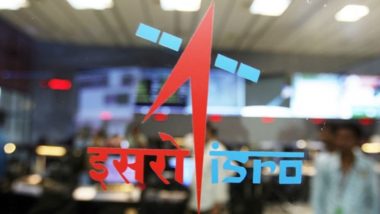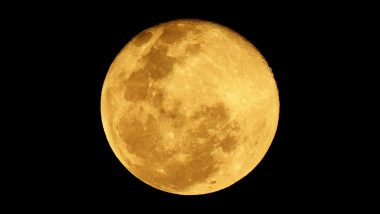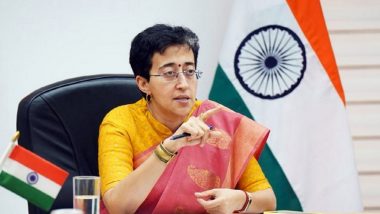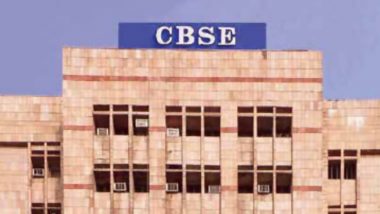Sriharikota, October 3: ISRO's Chandrayaan 2's Orbiter payload named CLASS, in its first few days of observation, could detect charged particles and its intensity variations during its first passage through the geotail during September, informed the Inidan Space Reserch Organisation (ISRO). In a press release titled "Studying Earth’s extended magnetosphere (geotail) plasma around Moon", ISRO explained what is magnetosphere and how it works. Chandrayaan 2 Launched Successfully by ISRO From Satish Dhawan Space Centre in Sriharikota; India Scripts History With Second Moon Mission.
"The CLASS instrument on Chandrayaan-2 is designed to detect direct signatures of elements present in the lunar soil. This is best observed when a solar flare on the Sun provides a rich source of x-rays to illuminate the lunar surface; secondary x-ray emission resulting from this can be detected by CLASS to directly detect the presence of key elements like Na, Ca, Al, Si, Ti and Fe," mentioned ISRO about instrument CLASS. Chandrayaan 2: Vikram Lander Lies Tilted on Moon’s Surface, Intact in One Piece, Says ISRO.
Read the ISRO Tweet Below
CLASS, #Chandrayaan2's Orbiter payload, in its first few days of observation, could detect charged particles and its intensity variations during its first passage through the geotail during Sept.
For more details, please visit https://t.co/OzfhxGMaVP pic.twitter.com/i1sLbouN86
— ISRO (@isro) October 3, 2019
ISRO explains magnetosphere as "Our Sun emits a continuous outflowing stream of electrons and protons into the solar system, called the solar wind. The solar wind plasma which has charged particles embedded in the extended magnetic field of the Sun, moves at speeds of a few hundred km per second. It interacts with solar system bodies including Earth and its moon. Since the Earth has a global magnetic field, it obstructs the solar wind plasma and this interaction results in the formation of a magnetic envelope around Earth, called the magnetosphere."
The “flash photography” done by CLASS instrument requires the Sun to be active at the time of clicking. "CLASS in its first few days of observation, could detect charged particles and its intensity variations during its first passage through the geotail during Sept," said the ISRO statement.
(The above story first appeared on LatestLY on Oct 03, 2019 09:17 PM IST. For more news and updates on politics, world, sports, entertainment and lifestyle, log on to our website latestly.com).













 Quickly
Quickly





















